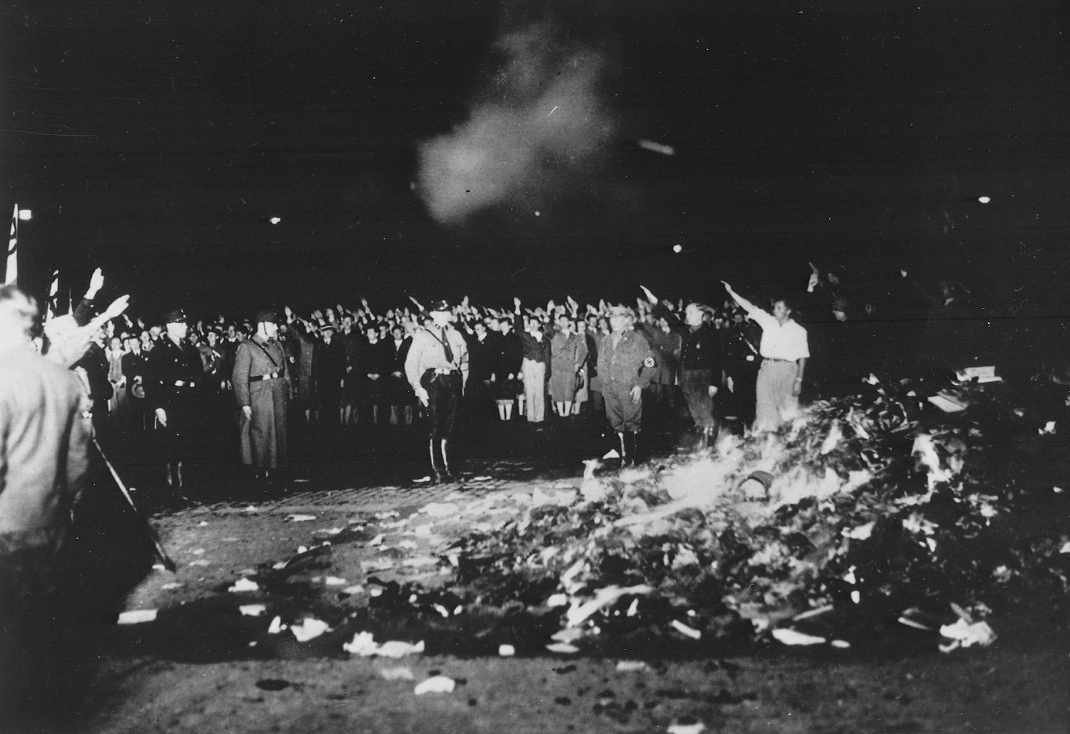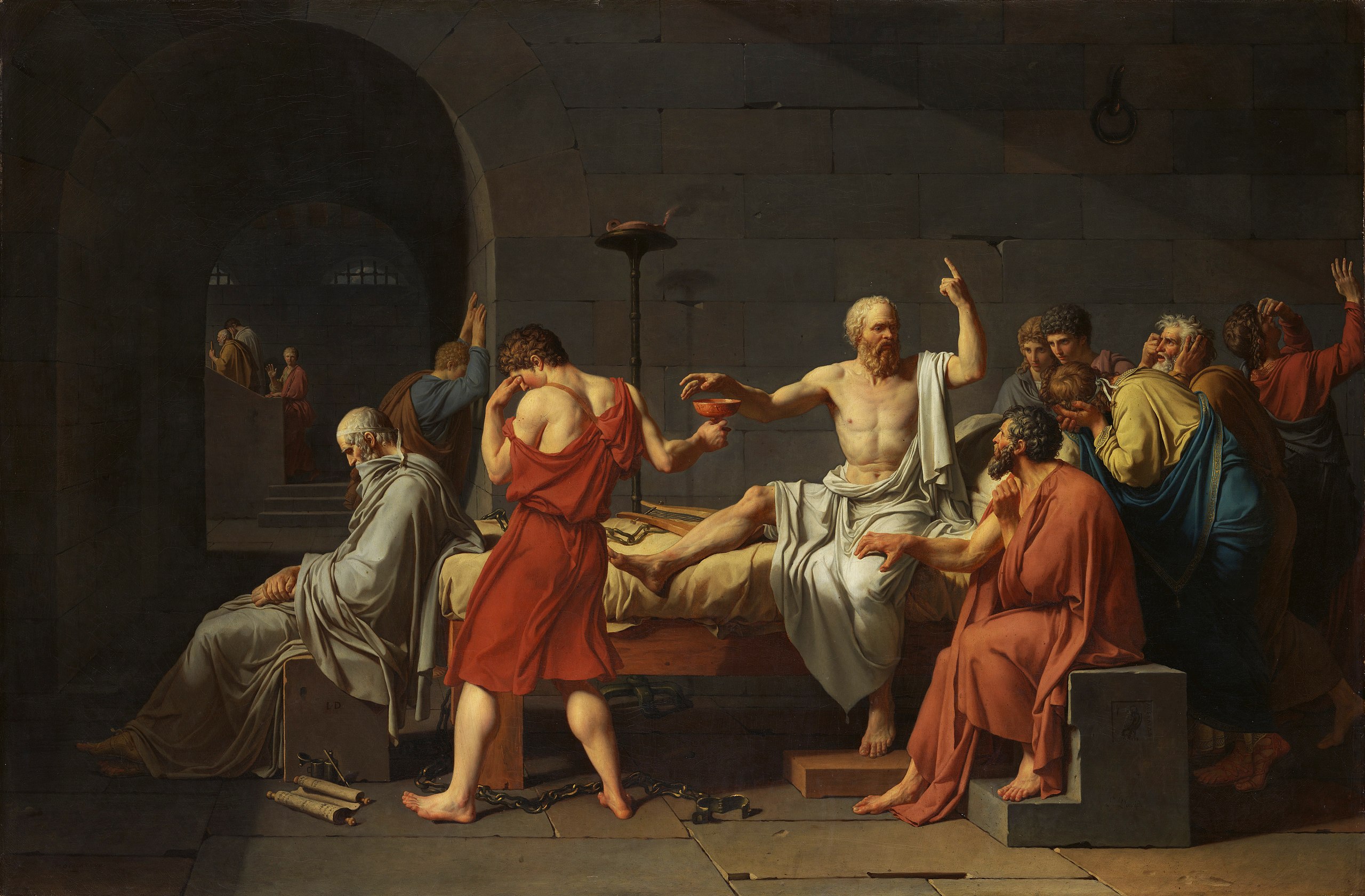Easier access to mental health care
By: Ashley Higginbotham
-Asst. News Editor-
“That the Subjects which are Protestants may have Arms for their Defense suitable to their Conditions and as allowed by Law.”
This statement about “the right to bear arms” was in the English Bill of Rights of 1689; it is also known as the pre-constitution. Parliament wanted this right available to citizens because they believed it was a natural right to be able to self-defend, and this is in our Constitution today. With recent shootings, such as the ones in Aurora and Newtown, talks of stricter gun control laws have been floating around.
Federal law states that anyone who has been “adjudicated as (being) mental defective or has been committed to a mental institution” is not allowed to own a gun. Sure, laws that make it more difficult for mentally ill people to own a firearm are possible, but unfair. For example, if a law prevents someone from owning a gun because they are on an antidepressant does that mean that police officers and fire fighters should not own a gun because they may have a hard time dealing with the horrors they see daily? It is extremely hard and there is a huge grey line when it comes to gun control laws. The only way to lessen these shootings is to look to mental health care and citizen’s access to it.
Alleged Colorado shooter James Holmes, alleged Connecticut shooter Adam Lanza and Columbine shooter Eric Harris all showed signs of mental illness by speaking to fellow classmates about it, writing in journals or regularly seeing a psychiatrist. Receiving mental help to me is much more difficult than buying a gun.
To show how difficult getting an appointment with a psychiatrist can be, I took the initiative to call around. I looked up 10 different psychiatrists and I reached number seven of the 10 to find one that took insurance, was accepting new patients, accepted patients outside of their patient database or could schedule me in sooner than four months away. If mental health care had easier access, I feel that these shootings would lessen greatly.
According to a 2011 paper in Health Affairs, the United States spends $113 billion on mental health treatment, yet from 2009 to 2011 many states cut non-Medicaid mental health funding by $1.6 billion. Mayors Against Illegal Guns (MAIG) recently gathered data from the Federal Bureau of Investigation and concluded that up to April of 2012 in Colorado, where the Aurora Theatre shooting took place, over 11,000 mental health records went unreported by the National Instant Criminal Background Check System (NICS).
President George W. Bush, along with congress, passed a law in 2007 keeping guns out of the hands of the mentally ill after the VA Tech shooting. He also said that he would strengthen the NICS, which he obviously had not because the National Center for State Courts found that nearly two million records were never put in the system. That is two million people that have not had a background check, two million that may be trying to purchase a gun, two million who may need help that they cannot afford to get.
Our founding fathers way back when, knew it was a right to own a firearm and the law has not changed since. It should not change because if it does it could hurt innocent policemen, soldiers and fire fighters. We need to help the ones who do not know how to help themselves. We need to change the way we look at mental health and take away all the bad connotations that come along with it. America needs to make mental health care a much smaller step to climb.

Preparation is key
By: Victoria Barmark
-Staff Writer-
“Violence isn’t always evil. What’s evil is the infatuation with violence.”
– Jim Morrison
Mass shootings have become almost a norm in this country; since Columbine in 1999, some reports estimate over one hundred. Unlike the previous attacks, the Sandy Hook Elementary shooting happened right on the heels of the presidential election, at a time when such heavy topics as abortion and women’s rights, among others were already the points of contention dividing our country. Emotions were running high.
When the news of Sandy Hook broke, the Internet, newspapers and television exploded with experts offering their opinions on how to solve the gun violence problem in this country. Social media, too, had its share of “specialists”. As with the election, friends and family started arguing again. Some screamed for more guns. Some screamed for less. Everyone and their brother had something to add to the discussion.
The solution, it seems, boils down to two options: allow people to have more guns, no questions asked, or impose strict regulations, tests, background checks and psychological evaluations if someone wants to own a gun.
The first option, according to many, is not really an option. There is no need to list all the issues that arise with a civilian owning a gun. That is not this article’s goal.
While the second option is the more favorable one, it still does not solve one very huge problem: human error.
Imagine for a minute a home invasion: an average person needs to focus, quite often from a sound sleep, concentrate on a correct target, aim and fire accurately. In the chaos and confusion of a home invasion there is a huge chance of a miss or hitting a loved one instead. The Internet is abound with accounts of such horrors.
With mass shootings the situation does not improve.
In 2009, ABC News’ 20/20 conducted an experiment: the goal was to see whether one has the ability to defend him or herself with a gun when attacked with a gun.
The results were frightening. It turns out that very serious changes in our brain’s function occur in a crisis. The brain automatically narrows down a person’s range of vision so one can focus only on the immediate danger: the shooter. Peripheral vision becomes virtually non-existent, and what remains is tunnel vision: one sees what is right in front of them. Police, for example, need to train and retrain for months to be able to take in their periphery and determine who is a friend and who is an enemy. How many stories do we know when these trained men and women have accidently shot people?
In the 20/20 experiment, even those with the most experience with guns were utterly underprepared. They had not trained on moving targets that shot back but on stationary pieces of paper, which do not run shooting. Not only did they shoot “friends” who started running around chaotically trying to get away, but also were “shot fatally” because they did not see that in this particular scenario a second intruder was “shooting” at them. Moreover, half of the participants in the experiment could not get their guns out. Those who did, could not shoot fast enough or accurately enough. And there was always the danger of shooting an innocent bystander. The bottom line is that having a gun did not help at all. This was a controlled situation. Imagine a real-life situation.
The safety experts are unanimous: if you can, get away. If you cannot, hide or play dead.
Next time a shooting report is unfolding on TV and thoughts about more guns are rampant in one’s mind, think about this experiment. Even heroes are not immune to human error.










